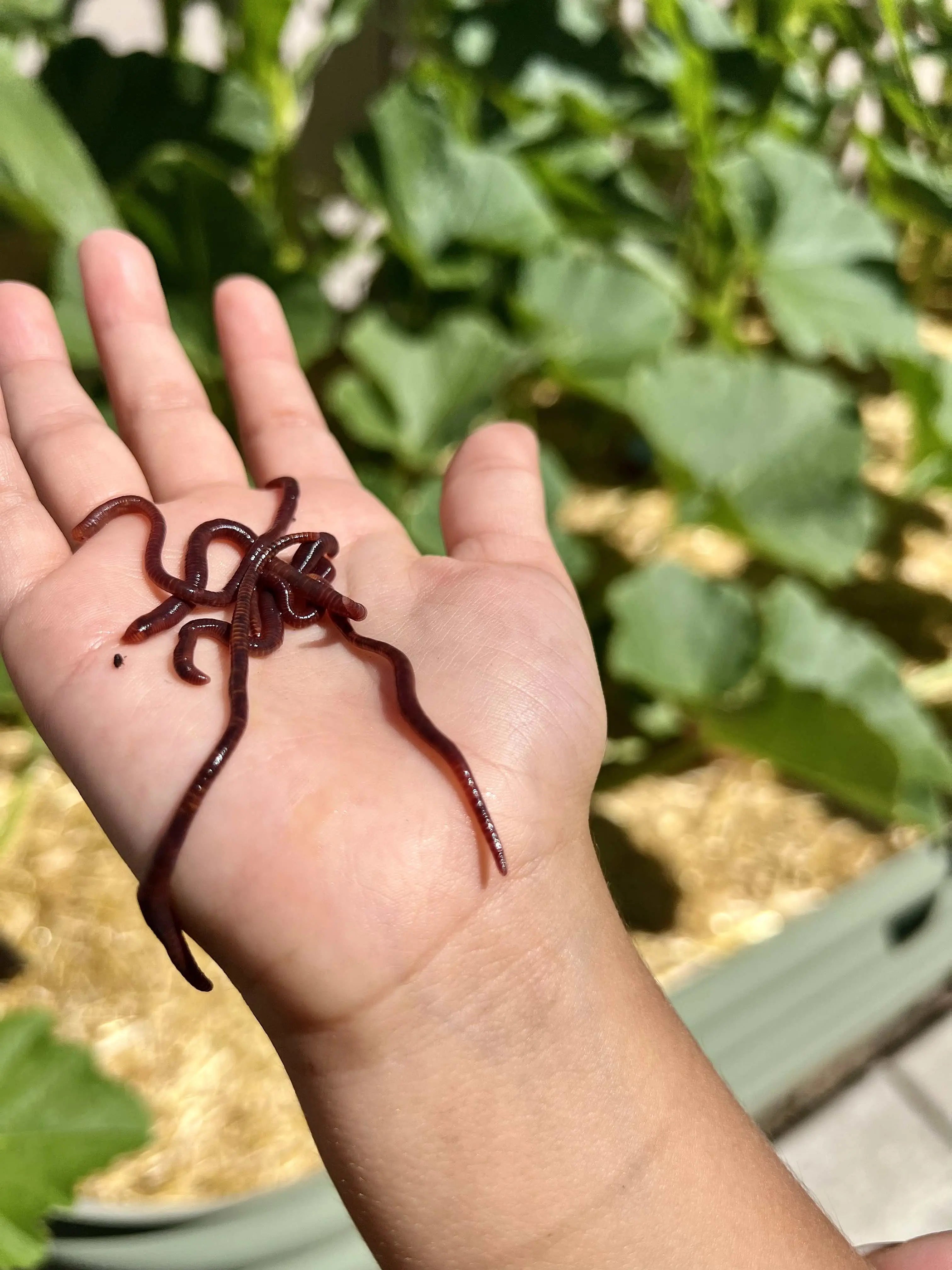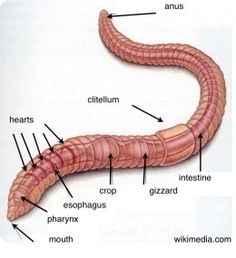Premium Top Quality Red Wiggler Worms - Enhance Your Garden's Fertility
Premium Top Quality Red Wiggler Worms - Enhance Your Garden's Fertility
Blog Article
Red Wiggler Worms Demystified: Opening the Keys of Vermiculture for Greener Living and Nutrient-Rich Dirt
In the world of lasting practices for enriching soil high quality and promoting eco-conscious living, red wiggler worms play a critical yet usually ignored function. These humble animals have the amazing capacity to transform natural waste right into nutrient-rich castings that offer as a potent all-natural fertilizer. By delving right into the world of vermiculture, one can reveal a wide variety of advantages that prolong far past standard composting methods. Comprehending the details of looking after these worms, enhancing their atmosphere, and harnessing their spreadings can lead to a greener lifestyle and much healthier soil for plants to thrive.
The Function of Red Wiggler Worms
Red Wiggler worms play a vital role in composting systems by efficiently breaking down raw material right into nutrient-rich spreadings. These ravenous eaters consume a selection of organic products, such as kitchen scraps, yard waste, and paper products. As they feed, the worms' digestion processes break down the natural issue into a fine, dark, and nutrient-dense product called worm spreadings or vermicompost.
The spreadings created by Red Wiggler worms are very beneficial for soil wellness and plant growth. They are abundant in crucial nutrients like phosphorus, nitrogen, and potassium, which are important for sustaining healthy and balanced plant development. Additionally, worm castings consist of useful germs and enzymes that assist boost soil framework, rise water retention, and enhance nutrient uptake by plants.
Advantages of Vermicomposting

In addition, vermicompost, the nutrient-rich end product of vermicomposting, offers as an exceptional natural fertilizer and dirt conditioner. It improves dirt framework, improves soil oygenation, and raises soil wetness retention. These residential properties contribute to much healthier plants with stronger origin systems and much better resistance to conditions and insects. Vermicompost also improves the soil with crucial nutrients like potassium, phosphorus, and nitrogen, promoting plant growth and general soil fertility.
In addition, vermicomposting supports lasting horticulture practices by giving a chemical-free and natural option to synthetic plant foods. Red Wiggler Worms. This environmentally pleasant technique not only enhances the dirt however likewise aids decrease reliance on harmful chemicals, advertising a greener and more lasting method of horticulture
Establishing a Worm Container
When establishing a worm bin for vermicomposting, proper setup is vital to ensure the success of the composting procedure. The very first action in establishing up a worm bin is picking an appropriate container.
After adding the bedding, introduce the red wiggler worms to the bin. It is advised to begin with a tiny number of worms and progressively increase as they increase. The worms need to then be given their explanation with food scraps such as fruit and vegetable peels, coffee premises, and eggshells. It is crucial to prevent including meat, dairy products, oily, or salty foods to prevent bring in pests and creating unpleasant odors.
Consistently keep track of the moisture levels and temperature level in the worm bin to make certain ideal problems for the worms. With correct arrangement and maintenance, the worm container will successfully transform organic waste into nutrient-rich garden compost for your plants and garden.
Harvesting Worm Castings
To effectively gather nutrient-rich worm castings from your vermicomposting system, an organized harvesting technique is crucial. There are a few vital actions to comply with to guarantee a successful process when it Full Report comes time to gather the worm castings. Quit adding fresh food scraps to one side of the worm bin for a pair of weeks prior to harvesting. This encourages the worms to migrate sideways with fresh bed linen and food, making it simpler to scoop out the castings from the other side.

Troubleshooting Common Issues
Determining and resolving usual challenges that might occur throughout the vermicomposting procedure is crucial for maintaining a healthy and balanced and efficient worm bin. One typical concern that vermicomposters encounter is overfeeding. Including excess food scraps can result in a buildup of moisture and level of acidity in the worm container, possibly harming the worms. To stop this, feed the worms in small amounts, making certain that the food scraps are adequately damaged down before including much more. An additional issue is undesirable smells originating from the worm bin. Foul smells show anaerobic problems, usually brought on by overwatering or insufficient ventilation. To correct this, adjust the wetness degrees by adding completely dry bed linens materials check my source like shredded paper or cardboard and increase aeration by turning the bed linen consistently.
In addition, if the worm populace is declining or the worms appear unhealthy, maybe as a result of ecological stress factors such as severe temperatures or pH degrees. Keeping an eye on these factors and making required modifications is important for the well-being of the worms. By troubleshooting these usual concerns quickly, vermicomposters can ensure a effective and smooth vermicomposting process while preserving a growing worm populace.

Final Thought
In conclusion, red wiggler worms play a crucial function in vermiculture by damaging down organic matter into nutrient-rich dirt. Setting up a worm container is necessary for effective vermiculture, and gathering worm castings gives valuable garden compost for gardening.
As they feed, the worms' gastrointestinal procedures damage down the natural issue right into a fine, dark, and nutrient-dense product understood as worm castings or vermicompost.
The castings generated by Red Wiggler worms are very helpful for soil health and plant growth. Including excess food scraps can lead to a buildup of dampness and acidity in the worm bin, potentially damaging the worms.Furthermore, if the worm population is decreasing or the worms appear undesirable, it might be due to environmental stressors such as severe temperature levels or pH levels. Establishing up a worm bin is important for effective vermiculture, and gathering worm spreadings offers valuable compost for gardening.
Report this page